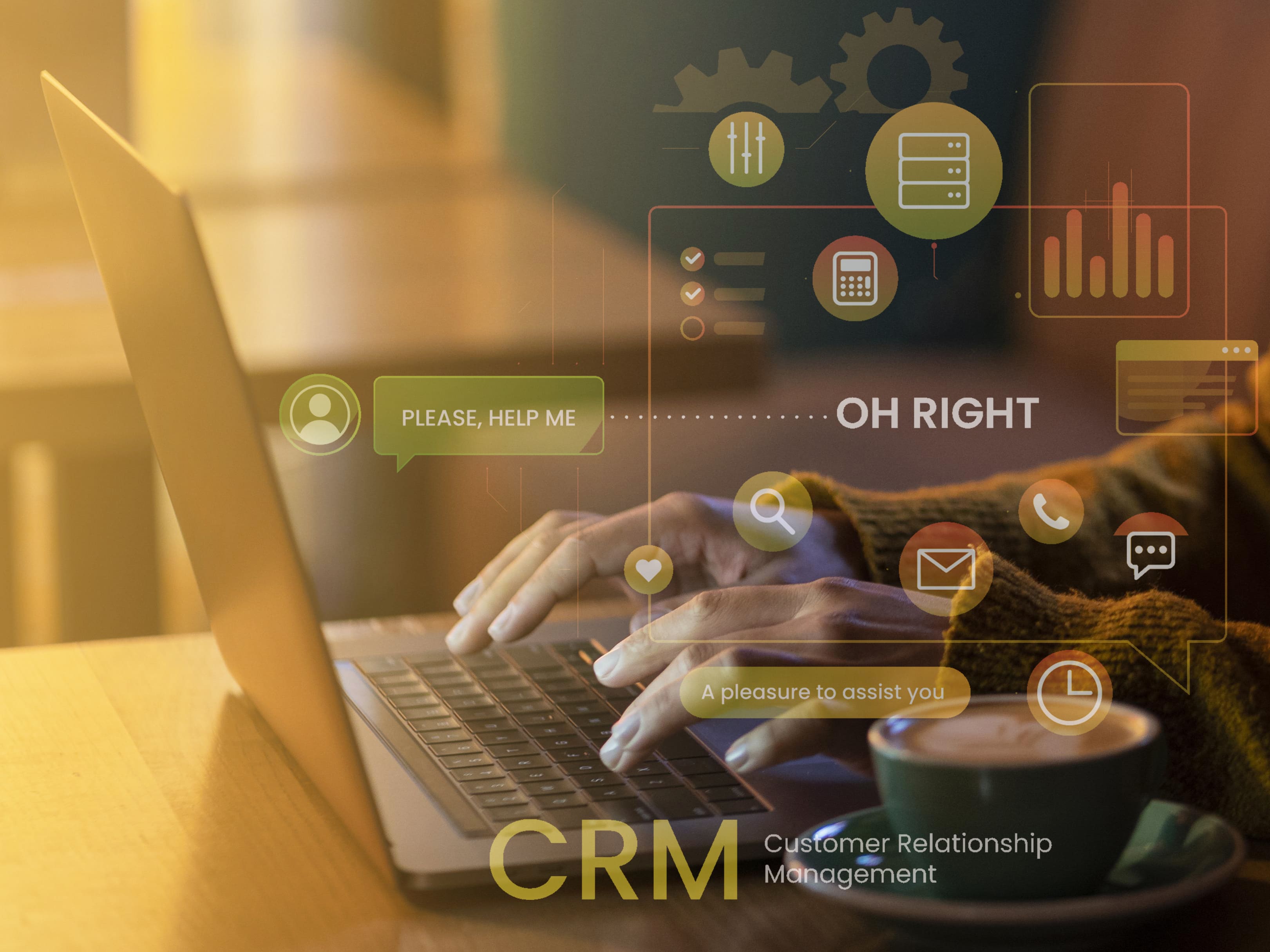
PIM Saas vs Open Source: questions to ask yourself when choosing
.webp)
When considering a PIM project within your company, a number of questions arise. Who will be in charge of the project? What are the objectives of this PIM fulfill in my strategy? How will the platform be used? When you get right down to it, the range of possible PIM solutions is quite extensive. However, one point seems to distinguish them: the technology used; Saas or Open Source. How do you choose your development method? What are the benefits and limitations?
Saas vs Open Source: what are the differences?
Software as a service (SaaS) platforms operate on a monthly or annual subscription basis, and allow users who have paid for their license to access the platform from anywhere. Often, the price of the subscription depends on the number of people using the solution but also on the features purchased in the license, or not.
Open source software is, as the name implies, "open" and therefore open to anyone who wishes to access it, use the platform and make changes to the development code. Open Source platforms are often designed by communities rather than companies and are often less expensive than SaaS software.
When it comes to PIM solutions, Saas and Open Source differ in a number of ways. Firstly, in terms of software deployment . For a SaaS PIM , the software is hosted in the cloud, and all users of the solution can simply access it via the Internet. In contrast, an Open Source PIM requires local installation and management. In particular, the company is responsible for the infrastructure.
Cost can also be a differentiating factor between SaaS and Open Source PIM . For SaaS PIM , initial costs are generally lower, as there is no need to invest in servers or dedicated human resources. Costs are often based on a subscription and sometimes commitment model. For Open Source PIM , even if the solution itself is free of charge, costs can be higher, due to expenses linked to infrastructure, maintenance and the deployment of updates, for example.
To help you see things more clearly, PIM comparisons are available to help you identify the ideal PIM for your company, based on your priorities and a number of criteria (ergonomics, connectivity, international deployment, etc.).
What are the advantages and constraints of each?
- Open Source often takes longer to implement than SaaS, if you're not familiar with coding, whereas SaaS platforms are ready to install and run.
- In addition, the SaaS platform provider is responsible for the security andhosting of the platform, an additional lightness on your side!
- Open source software requires some maintenance on your side, while SaaS providers also take care of the maintenance.
- Regarding support, SaaS software usually has the advantage on this side, because this aspect is their responsibility: they have to make their software work properly and to update it. On the contrary, for Open Source software, you are responsible for your own support because you have done the installation and development of the platform yourself.
.webp)
- Again, security is guaranteed with SaaS software. You don't have to worry about hosting and servers. Since the provider is responsible for the operation of the platform, the same goes for security. In Open Source, since you are responsible for hosting the software, you are also responsible for its security. You therefore need a dedicated team that can ensure the security of the software and prevent possible flaws and/or threats.
- Customization is a challenge taken up by Open Source platforms since the code can be modified by anyone. If you have the skills, you can modify the features of the software but also its functionality and design. Nevertheless, SaaS software allows you to make modifications and customize the front-end (the customer interface) of the solution and to modify certain features. Some SaaS platforms also offer you the possibility to access certain plugins or extensions.
- Once again,integration is included in Saas applications, either by the supplier itself, as with Quable's Quable Air methodology, or by integration partners. For Open Source platforms, integration is done manually on your side, but if you have the appropriate resources, you can integrate your PIM in a customized way, choosing plugins, extensions... and so on.
Saas or Open source: for which objectives?
Your choice of SaaS or Open Source PIM depends above all on your IS objectives and your overall goals as a brand. If customization and personalization of your PIM solution is a key point for you, then Open Source seems to be preferable. On the other hand, if you don't want to be responsible for the maintenance, security and support of the solution, even though it seems more expensive in terms of development, then Saas is the way to go. In the long term, SaaS PIM makes financial sense. On the other hand, if international deployment is your priority, an Open Source PIM may have a slight advantage in this respect.
Interested in Saas PIM ? Ask for your free demo.
Choosing between SaaS and open source PIM depends on a number of criteria: technical resources, lead times, desired level of customization, and long-term strategy. SaaS offers a ready-to-use, hosted, secure, scalable and supported solution. Open source, on the other hand, enables customized development, but requires solid IT skills.
Before making a decision, you need to ask yourself the right questions: Who's managing the project? What is the budget? What level of autonomy? What level of integration with existing IS? SaaS is often preferred for its speed of deployment and simplicity, while open source can meet ultra-specific needs.








_Leader_Mid-Market_Leader.svg)

_MomentumLeader_Leader.svg)

_BestResults_Enterprise_Total.svg)
_EasiestToUse_Enterprise_EaseOfUse.svg)
_UsersMostLikelyToRecommend_Enterprise_Nps.svg)






